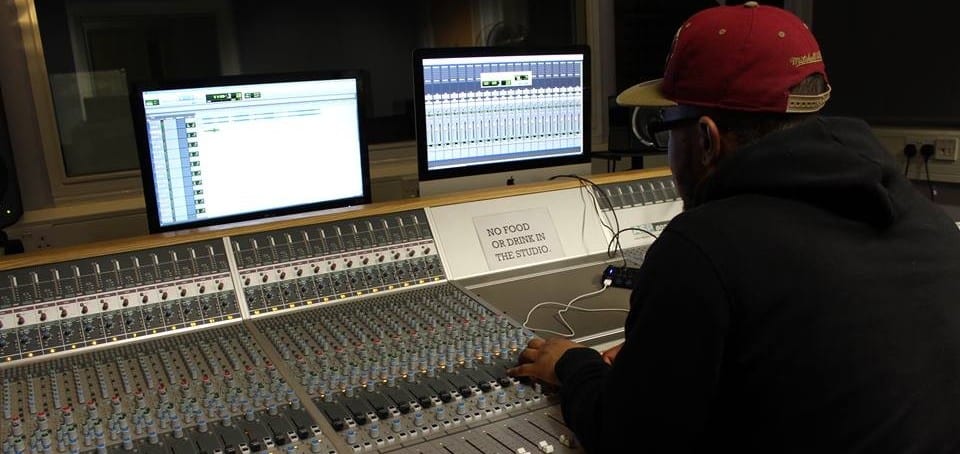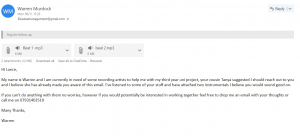Today I have been researching the importance of punctuality I have been reading an extract from the book Managing conflict and workplace relationships (James O’Rourke, Sandra Collins)
“a lack of concern for punctuality can be interpreted as a lack of consideration and professionalism”
punctuality is an extremely important thing to have when working in the professional environment, as it shows to your client that you are invested in working together. Showing up late can show disinterest and can offend your clients. When arranging studio time/meeting with my artists I will make sure I always arrive early so I have adequate time to set up the microphones and pro tools session to maximize the time we can spend together recording and making creative decisions.
This post relates to learning outcome one




